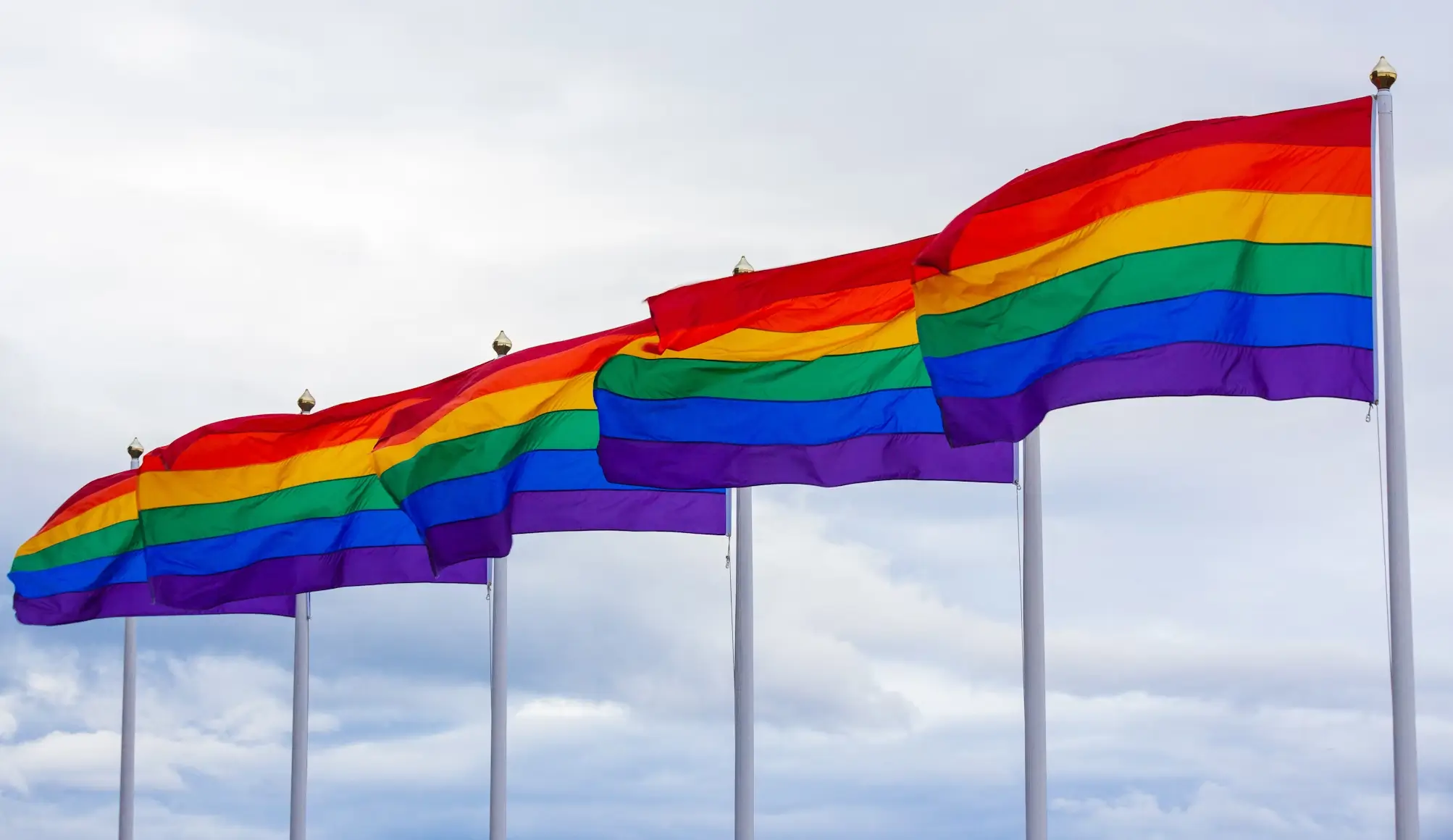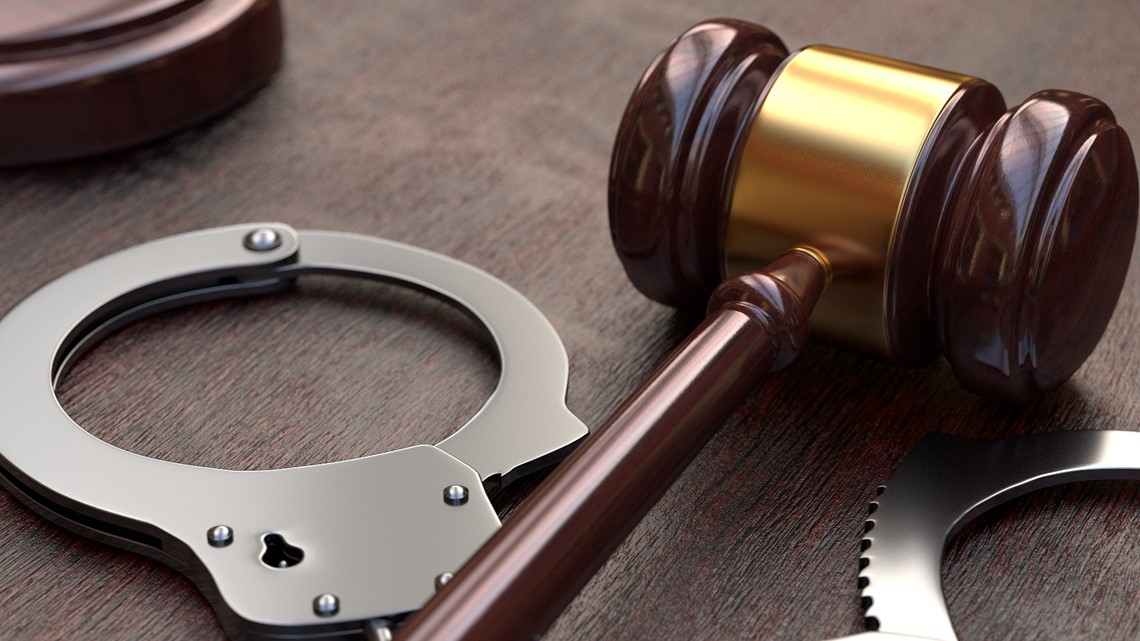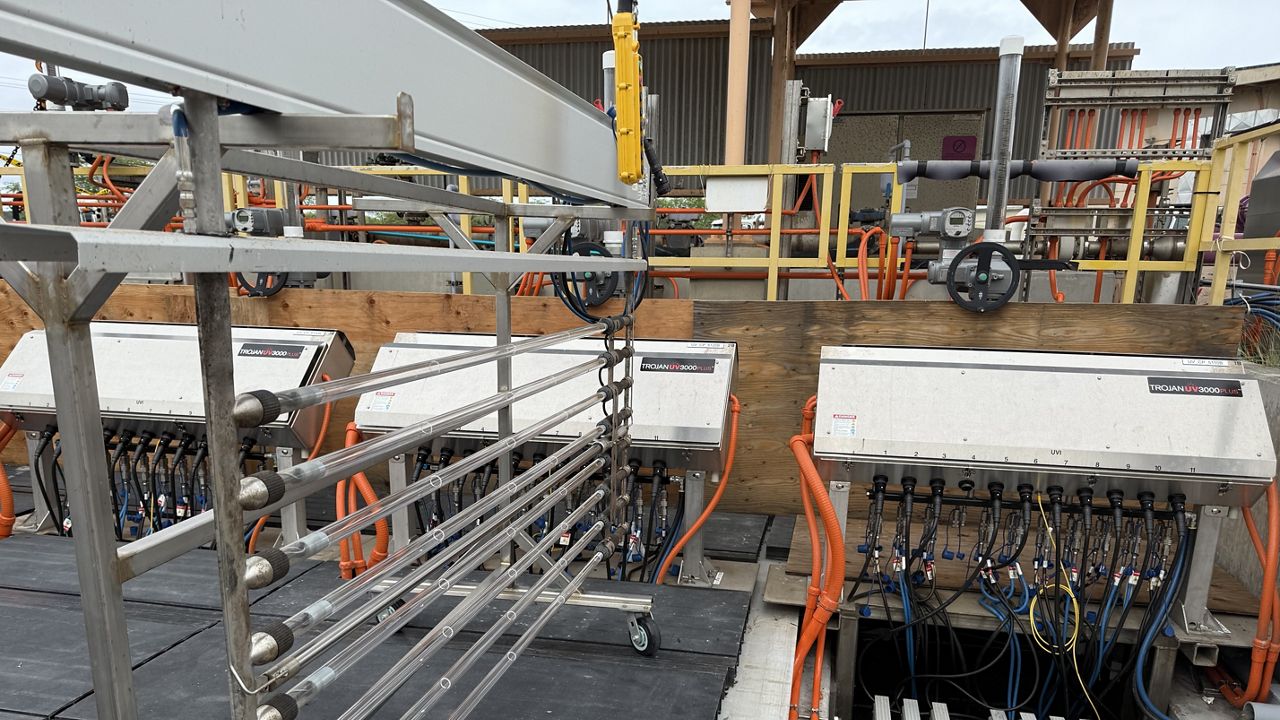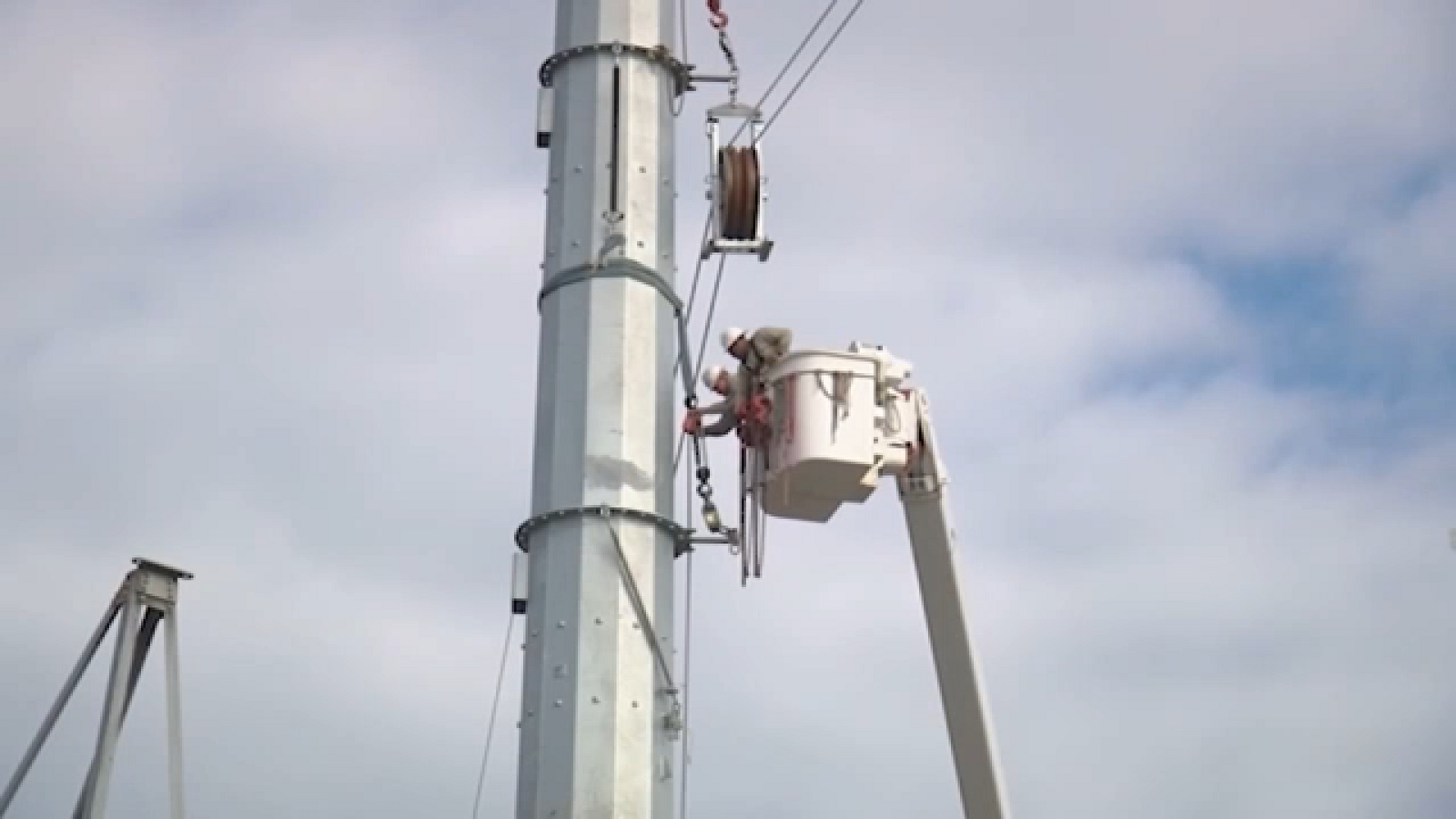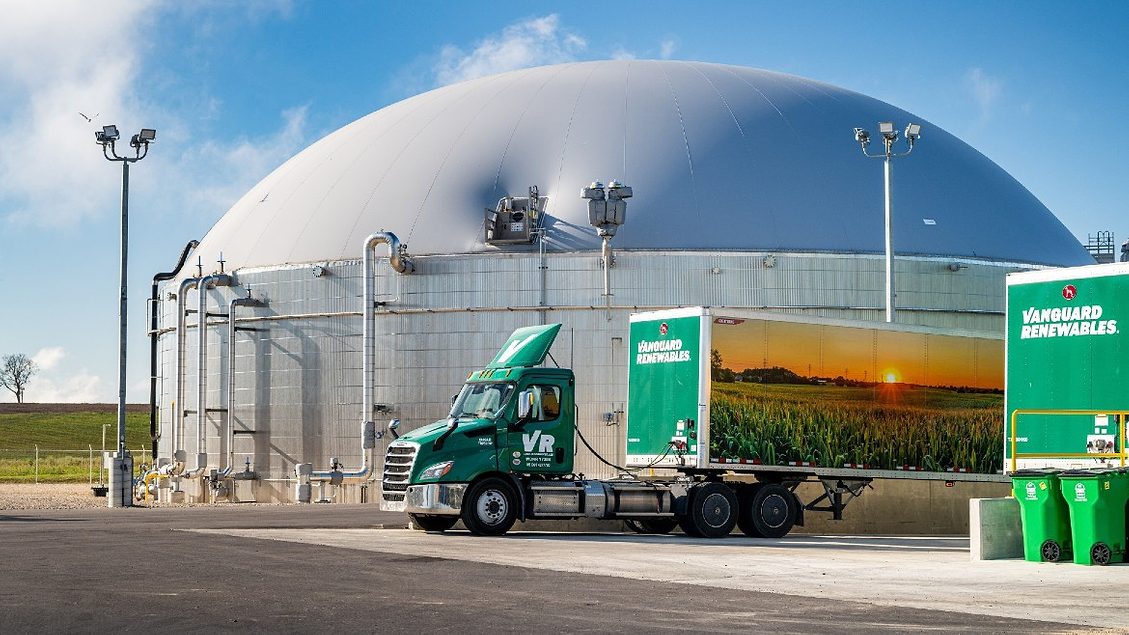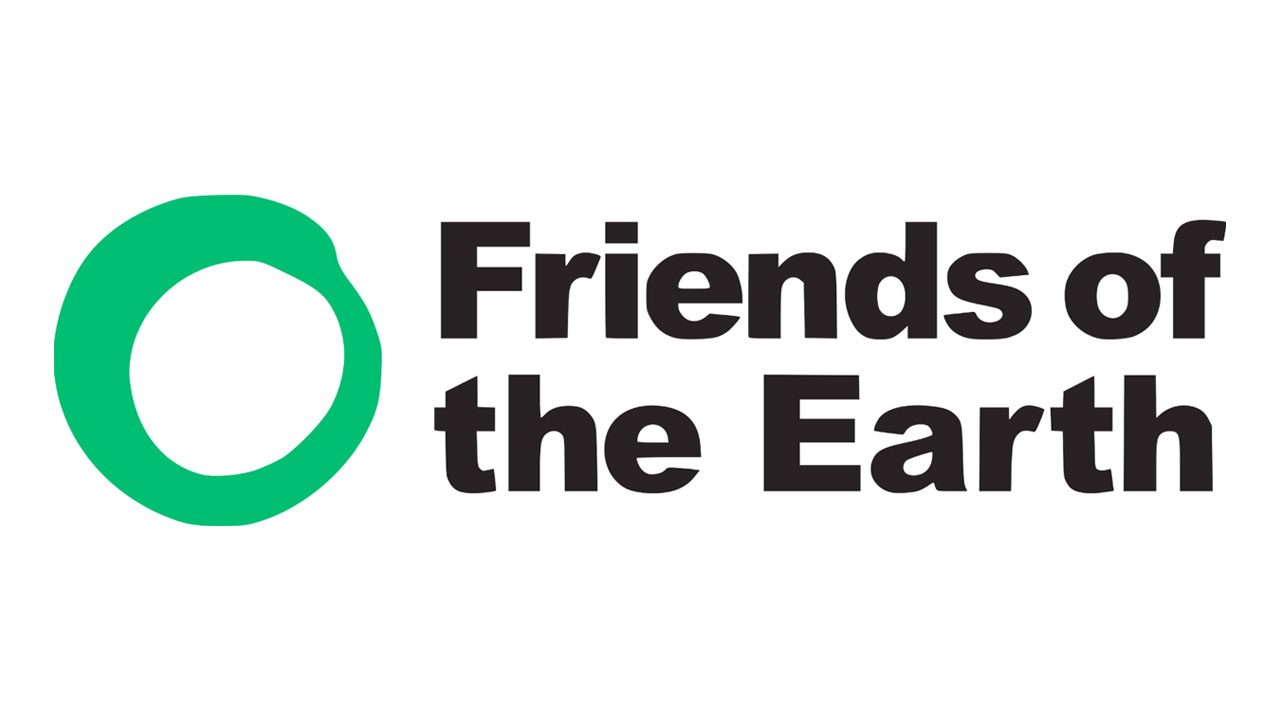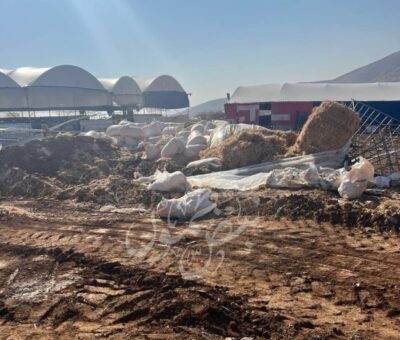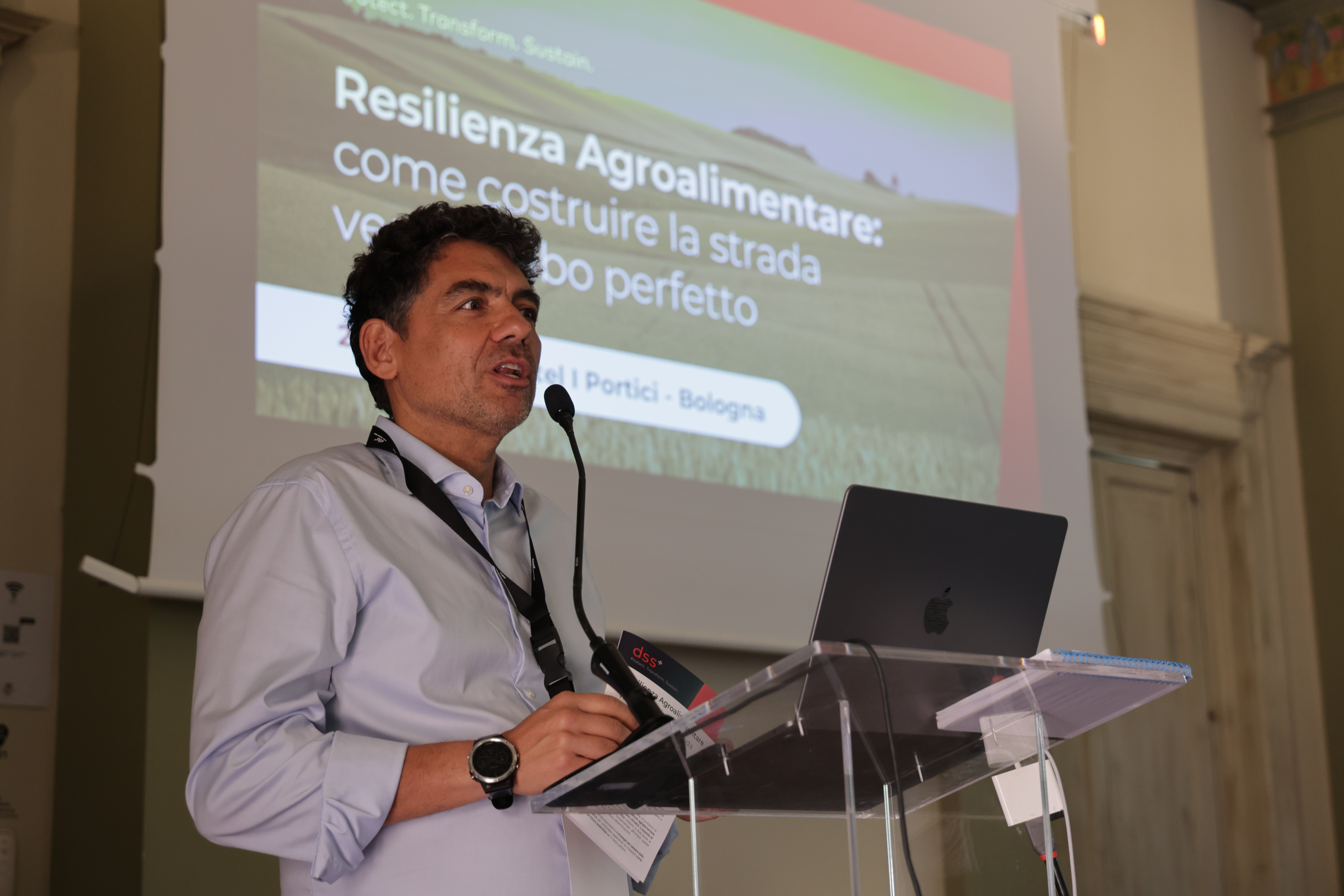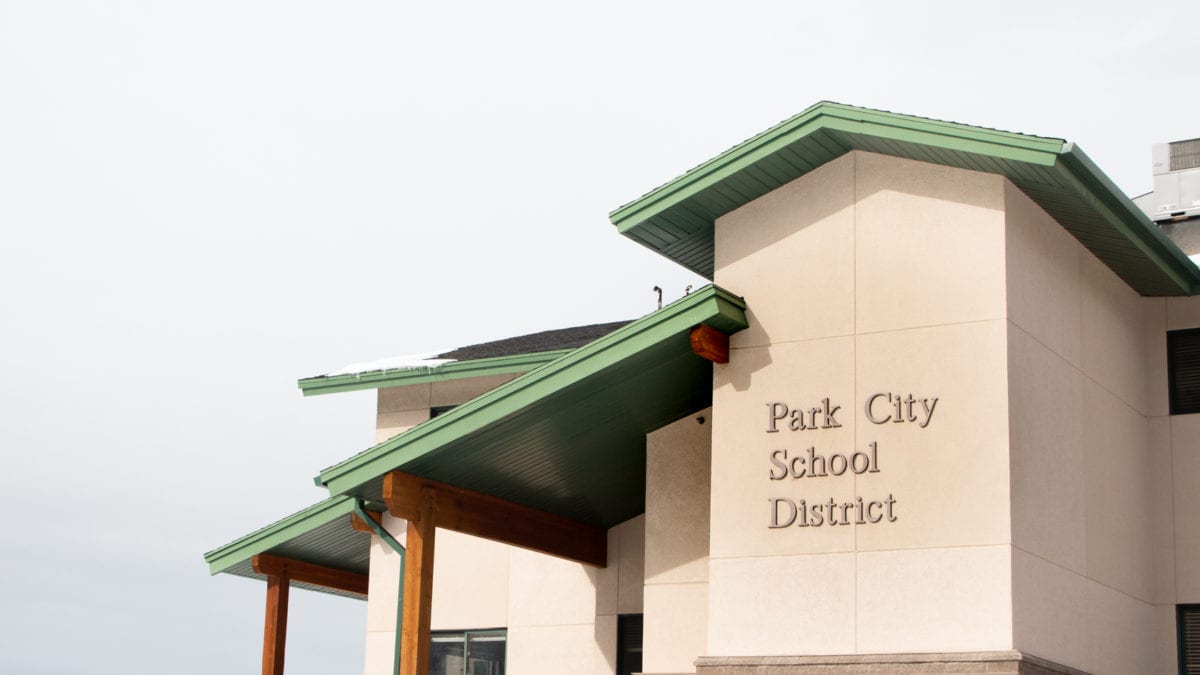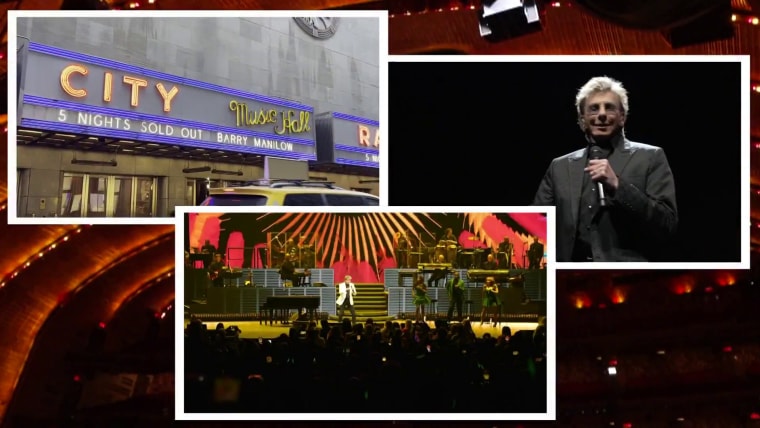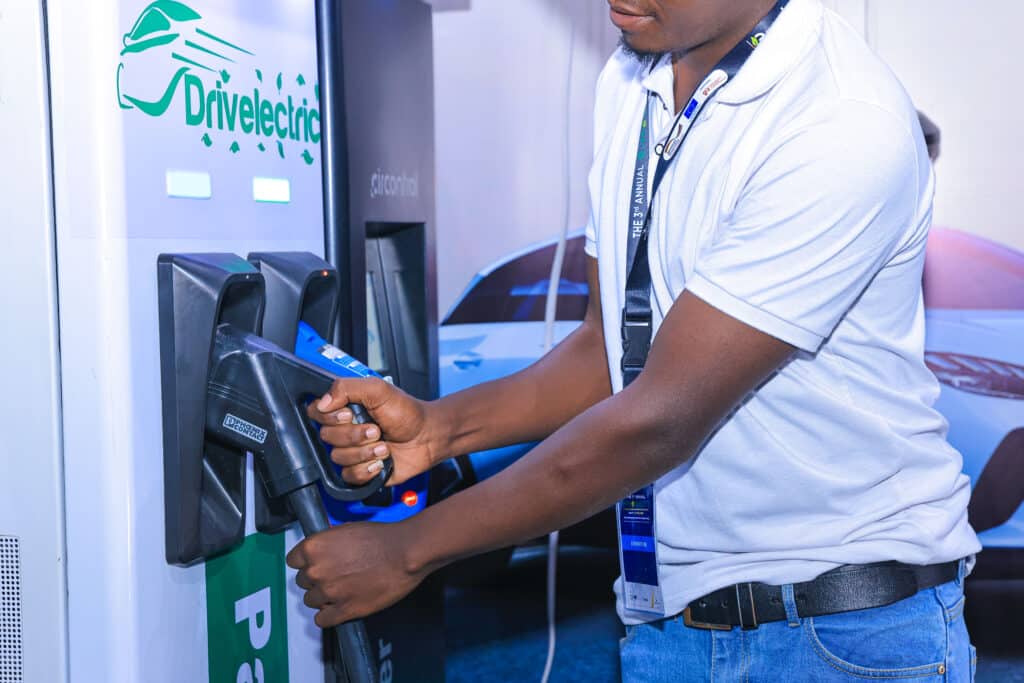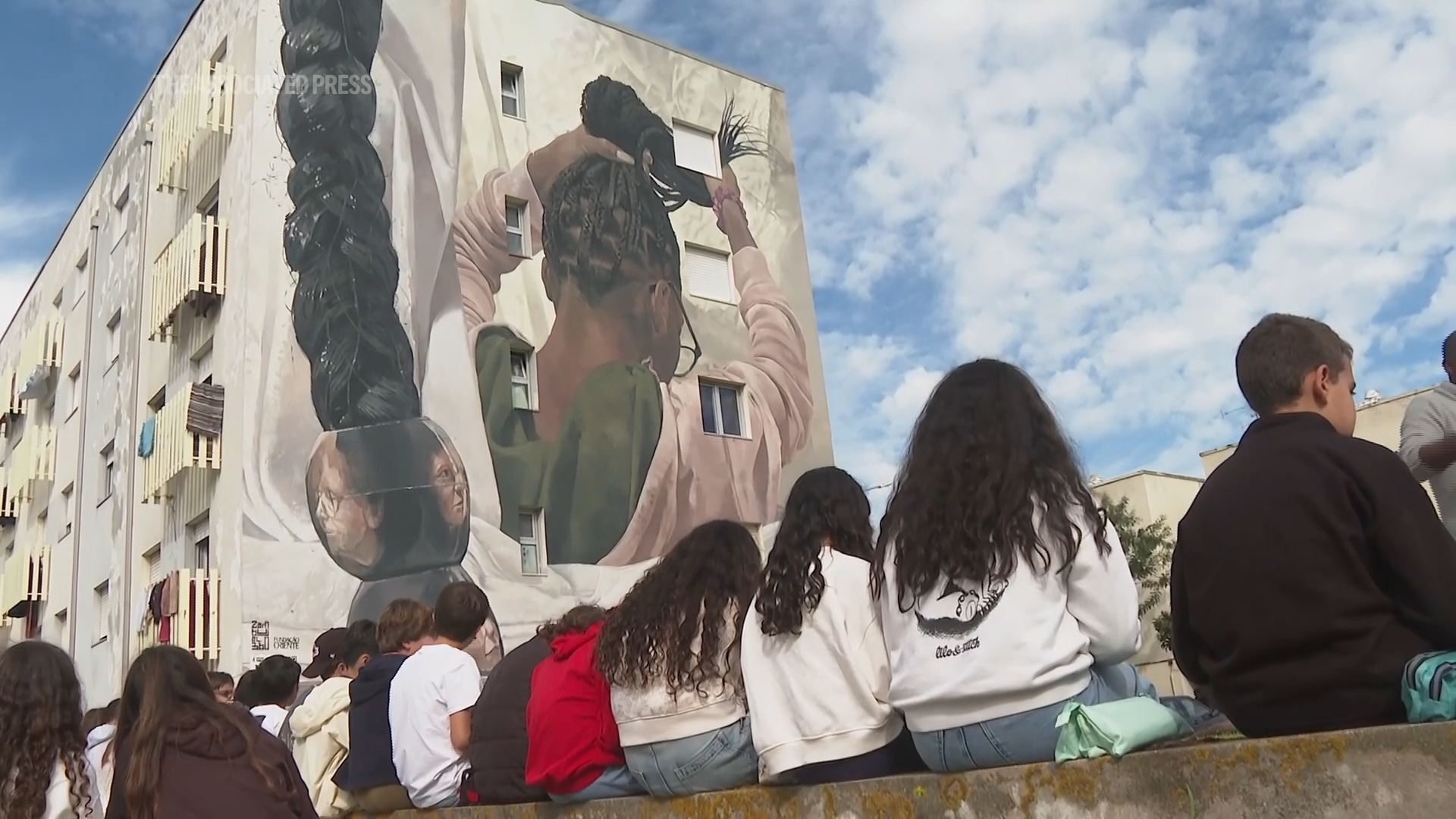In Detroit, a ‘magic wand’ makes dirty air look clean – and lets polluters off the hook
Detroit residents face pollution from industrial sources while the EPA claims clean air due to a loophole in the Clean Air Act. Regulators, influenced by industry, exclude pollution from exceptional events like wildfires to meet clean-air goals. Critics argue this prioritizes economic interests over public health and costs taxpayers millions.
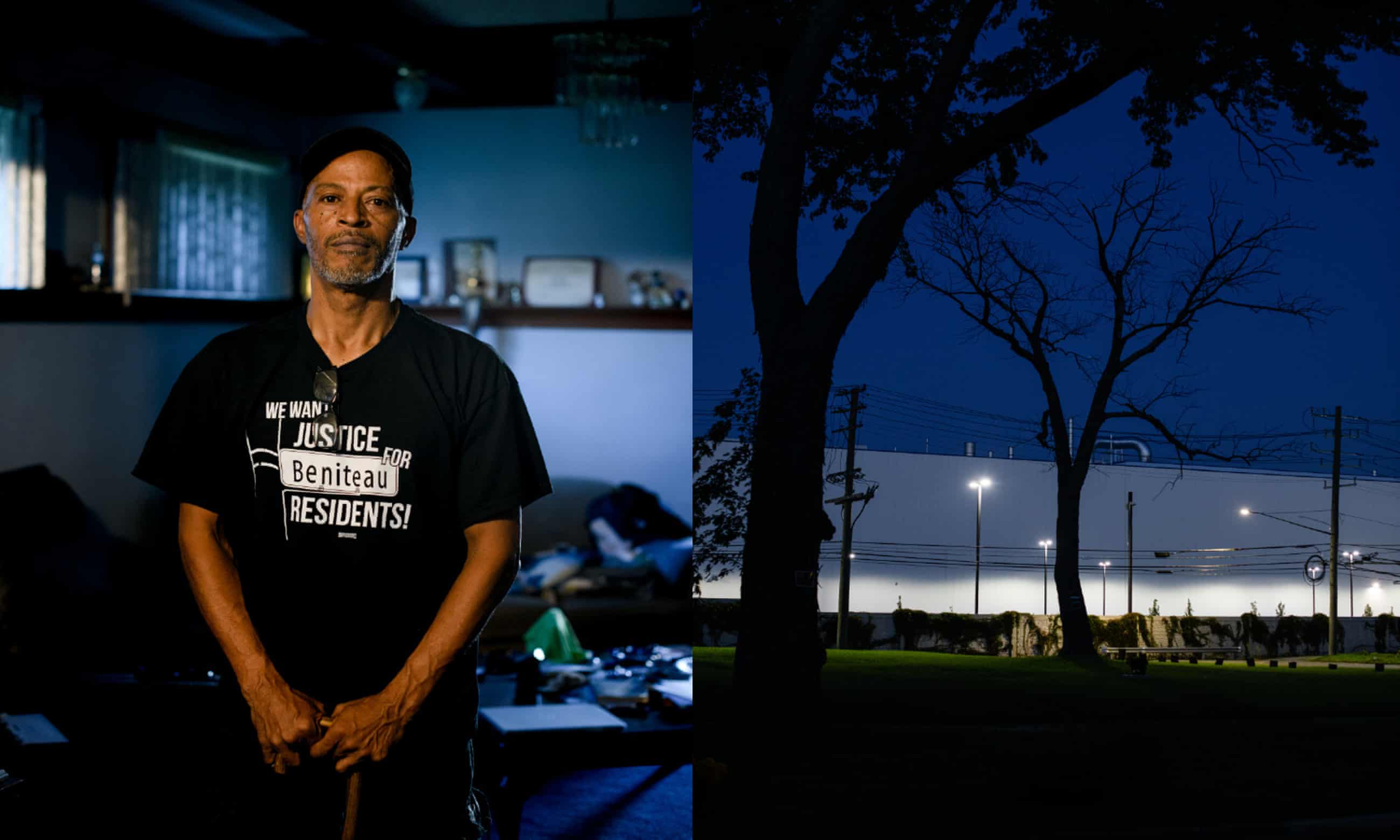
In south-east Detroit, the Environmental Protection Agency says, the air is clean.
Robert Shobe’s lungs tell a different story.
Like a lot of Detroiters, Shobe suffers from chronic obstructive pulmonary disease, also known as COPD, a long-term lung ailment that flares up when the air is smoggy or smokey. On those days, Shobe said: “I probably am low on energy, and I feel like I’m seeing a haze in the air.”
Traffic, industrial sources and meteorological conditions often worsen pollution in his part of town. One of Shobe’s closest neighbors is the Stellantis Mack Assembly Plant, where Jeep Wagoneers roll off the line. Since opening a paint shop on the property just over two years ago, it has racked up eight air pollution violations and fines.
So Shobe was baffled when he heard in May 2023 that Detroit had three years of clean air data, and that according to the EPA, the region met strict federal air-quality standards.
Regulators for Wayne county, where Detroit is located, accomplished that feat by removing two of the highest-ozone days from their calculations. They could do that because they had identified a surprising source of dirty air: wildfires burning across the border, in other states and in Canada.
Using a little-known loophole in the Clean Air Act, the Michigan environment, Great Lakes and energy department had made the case to the EPA that pollution on those days stemmed from an exceptional event, defined as something uncontrollable, unlikely to recur and, often, natural: wildfires.
The “exceptional events rule” allows the EPA to strike pollution caused by these events from the record, allowing regulators to meet clean-air goals on paper, without forcing local industry to comply with tighter pollution controls.
In Michigan, a regulator referred to the process as a “magic wand”.
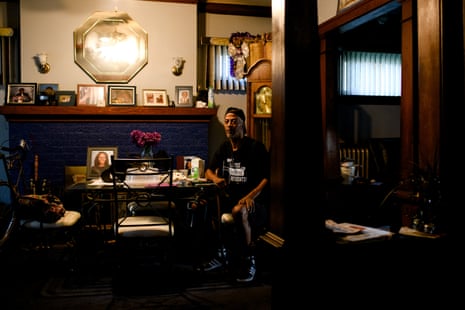
That wand is regularly, if quietly, being waved. An investigation by The California Newsroom, MuckRock and the Guardian found that state and local air-quality managers across the US increasingly rely on the rule to meet air-quality goals because of wildfires.
A review of federal data, as well as thousands of pages of regulatory records, shows that at least 21 million people, including in Michigan, now live and breathe in areas where the EPA has forgiven pollution from at least one “exceptional event”, often a wildfire, since the law took effect. Public contracts and correspondence also reveal how local governments have spent millions in taxpayer dollars to seek forgiveness for pollution related to “exceptional events”, helped at times by industry lobbyists, who pushed for the expansion of the loophole in the Clean Air Act.
From the mountain west to the Rust Belt and into the south, utility, energy and business advocates have worked to promote the rule’s use, aiming to avoid costly emission controls.
It isn’t just industry that benefits, said John Walke, a lawyer with the Natural Resources Defense Council. The non-profit environmental advocacy organization has sued the EPA over its interpretation of the rule. “Loopholes and exceptions [like this one] are treated as get-out-of-jail-free cards for politicians who are balancing economic activities and development with the need for clean air and public health,” he said.
In and out of limbo
Earlier this year, Detroit was on tenterhooks. The region had been struggling towards clean air since 2015, when the EPA last lowered the healthy standard for ozone. State officials argued to the EPA that the region had improved enough to meet air-quality goals. Just in case, they were ready to enact tighter and more costly pollution controls in south-east Michigan, as well as a new vehicle inspection program – an unpopular idea in the Motor City.
Then air pollution numbers spiked in Shobe’s neighborhood in June and July of 2022, stalling progress with the EPA.
Publicly, the Michigan Manufacturers Association, a 120-year-old, politically powerful trade group, warned that “limbo” about Detroit’s air-quality designation would “dampen business growth in the region”.
Air regulators and government officials heeded that warning. Behind the scenes, despite the persistent problems with Detroit’s air and the health consequences for members of the public like Shobe, they worked under tight deadlines to obtain Detroit’s clean bill of air health, emails show.
Top officials from the office of governor Gretchen Whitmer sought meetings with regulators, beginning in July of last year. The south-east Michigan council of governments (Semcog), a regional planning partnership, joined the effort. In October, an air-quality specialist with the environment, Great Lakes and energy department wrote to counterparts at the council: “We know that conversations are continuing to be had ‘at the White House level’ about Detroit ozone.” In November, lobbyist Mary Beth McGowan emailed Semcog staffers about a call between the governor’s chief of staff and the EPA’s deputy administrator, Janet McCabe. The call appears on McCabe’s public calendar on 21 November. By January of 2023, Michigan had assembled its “demonstration” of an exceptional event. South-east Michigan’s last-ditch effort to receive a passing grade for its air quality had taken only a few months to assemble. By March of this year, the EPA indicated it would work.
One scientist has called the demonstration “a challenging one to review”.
“In my opinion, the evidence that the days described were impacted by smoke due to wildfires was limited,” said Dan Jaffe, a professor of atmospheric and environmental chemistry at the University of Washington-Bothell, who has advised the EPA, states including Louisiana, and private companies on the movement and makeup of ozone pollution. “And I understand why the community has concerns over that.”
Responding to Jaffe’s comment, EPA spokesperson Khanya Brann said that the “rationale for approving Michigan’s demonstration [is] consistent” with the exceptional events rule. The EPA also said it objects to the word “loophole”, arguing it “delegitimizes the process established by Congress in the Clean Air Act and implemented by EPA”.

Critics of the exceptional events rule say the implications of the conversations among regulators, lobbyists and high-ranking government officials like the ones in Michigan are significant.
“Anytime you bring politics into a decision like this, it can skew the decision-making,” said Nick Leonard, an attorney with the Great Lakes Environmental Law Center in Michigan who reviewed the emails. Pointing to the potential harm to people like Robert Shobe, Leonard has sued the EPA over Detroit’s redesignation and the exceptional event decision.
In his opinion, Michigan regulators “don’t want to enact more stringent regulations on some of the major industry in the area, many of which are auto-assembly plants and a very powerful political force in Michigan and nationally”.
Michigan air-quality regulators declined to be interviewed, as did the Michigan governor’s office.
The EPA declined to comment on pending litigation.
‘Shocking and unseemly’
In other parts of the country, industry and economic interests are involved in making these cases.
Regulators have approached the EPA about exceptional events, or actually made filings, in at least 29 states. Emails and documents show that in more than half of those states, lobbyists and business groups weighed in on those efforts. In some places, private industry is paying to support these requests, revealing a close-knit effort between local authorities and businesses to protect the status quo.
The Midwest Ozone Group, a powerful collective of utility companies and trade organizations that regularly opposes ozone controls, wrote public comments and sought meetings with regulators on wildfire exceptional events in western Michigan, Cook county, Illinois, and Cincinnati, Ohio.

In Kentucky, one member of the group, Louisville Gas and Electric (LGE), a for-profit company, paid for an exceptional event analysis blaming excess ozone pollution on the 2020 wildfires in Arizona. Emails describe meetings about the analysis among regulators, the utility and a local chamber of commerce.
This was the first time LGE indicated interest in exceptional events; it didn’t surprise Michelle King, the assistant director of the Louisville metro air pollution control district. The power sector is “very savvy”, she said, adding that such companies “understood the implications of what an exceptional event would or wouldn’t do with regard to our area’s non-attainment, and then the effect that that would have on them”. In the end, the district did not formally submit the analysis.
The Louisiana Mid-Continent Oil and Gas Association, representing major refiners like ExxonMobil, regional midstream companies, and marketing firms, paid for an exceptional event filing in Louisiana in 2017. That demonstration allowed the five-parish Baton Rouge area to meet its air-quality goals for the first time, affecting 800,000 people. It also let local polluters avoid tougher regulations.
“We are going full bore on this one,” wrote Vivian Aucoin, a senior scientist for the Louisiana department of environmental quality, in an email from October 2017. “Use whatever or whoever you need to get the information we need to prove” that wildfires were to blame, she added.
Aucoin, who now goes by Vivian Johnson, said that in lieu of payment for violations, industry trade groups in Louisiana “often” pay for “beneficial environmental projects”. In this case, “the state didn’t have the money we needed,” she said. “And so their industry members bellied up to the bar and paid for the modelling that needed to be done.”
The Louisiana Mid-Continent Oil and Gas Association did not return a request for comment.
When asked about industry involvement in Louisiana, the EPA said “[f]or questions about how air agencies prepare their demonstrations, including coordination with industry or other parties, EPA recommends those questions be directed to specific air agencies”.
“I don’t think people understand the degree to which there’s such a cozy, tightly woven tapestry of relationships between regulated industries and their regulators,” said John Walke, with the NRDC.
This is “an entirely rational undertaking by these industries and their lawyers and their lobbyists”, he said. “There’s no downside to them crying chicken or being wrong because at worst, the agency doesn’t bite, but at best they express interest.
“I hope that it is shocking and unseemly to the public.”
Millions of taxpayer dollars
Removing bad air days from the record isn’t cheap. States are spending millions of taxpayer dollars to get pollution forgiven, according to public contracts and requests. Local regulators regularly complain that applying for exceptional events is expensive and time-consuming. The reports filed to the EPA can often run into hundreds of pages with detailed scientific analysis.
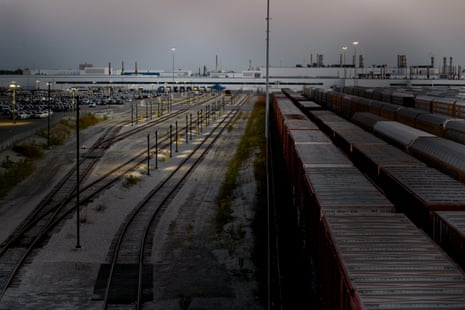
The price of filing for an exceptional event appears to range widely, depending on the scope and complexity of the work, as well as the cost of external consultants.
In 2018, the Arizona department of environmental quality estimated that one filing cost as much as $20,000 and 200 hours to prepare. At a congressional hearing in 2017, a Wyoming state regulator estimated “that it would take about 15 months and contractor assistance at a cost of over $150,000 to produce just one” demonstration for ozone related to wildfires.
A clearer picture emerges when consultants get involved.
The Texas commission on environmental quality (TCEQ) has committed to spending nearly $5m across 19 contracts since 2018, towards work to improve exceptional event modelling and monitoring.
Texas is waiting to hear from the EPA about two open requests: one to exclude pollution related to wind in the El Paso area, and the other to exclude some smog pollution around Houston because of wildfires, mostly in neighboring gulf states.
In a written response to questions, TCEQ said that it “routinely” conducts research, and that it “disagrees with the assertion that the exceptional events rule prioritizes any entity over public health”.
In Clark county, Nevada, home to Las Vegas, local air officials have mounted a sustained campaign to take advantage of exceptional events, including arguing that wildfires are beyond local control. In 2021, the county filed 17 exceptional event determinations with federal regulators; the EPA rejected five of them, and declined to weigh in on the rest. All told, Clark county has approved spending more than $3.3m over a nine-year period.
“It’s pushed to the regional level and we’re supposed to solve it. We cannot solve it alone,” said Jodi Bechtel, an assistant director for the department of environment and sustainability in Clark county, Nevada. “We’re lucky to have the resources to be able to put these exceptional event packages together and commit these millions of dollars to at least maybe do them if we need them.”
No state has filed more requests than California, where the state air resources board (CARB) has invested significant resources in developing analysis and requests, even as staffers point out it takes months to work with the EPA on demonstrations.
“I know that probably makes it seem to people like we’re taking advantage of a loophole, to try to show attainment,” said Michael Benjamin, chief of the air quality planning and science division at CARB.
But breathing clean air isn’t the same thing as meeting federal air requirements, he said, which carries legal consequences: “If there weren’t such significant repercussions for not attaining, like the potential loss of federal highway funds and so on, then there wouldn’t be that pressure on air districts and CARB to really take full advantage of exceptional events.”
Michigan regulators reckoned they spent 250 hours writing last year’s exceptional event demonstration – but declined to provide a cost estimate.
‘It still happened’
In July, the Great Lakes Environmental Law Center and the Sierra Club sued the EPA over its decision to move Detroit back into attainment. A successful lawsuit could force regulators to reimpose the controls they drafted. It would also require them to be more transparent about Detroit’s air quality.
Excluding data to say that the air is clean is a “disservice to the public and the community”, said the Democratic congresswoman Rashida Tlaib, who represents Detroit. “Either we’re for addressing the climate crisis or we’re not.”
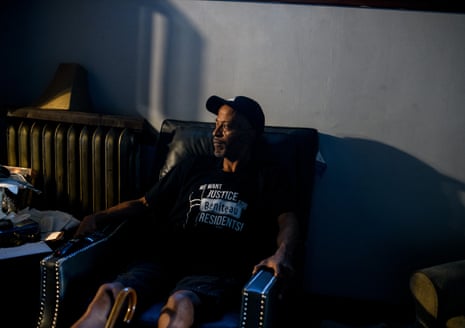
Tlaib argues that the federal government should do better at counting the cumulative impacts of pollution. “I want those that are making these decisions and these exceptions and carve-outs to know that jobs don’t cure cancer,” she said. “They don’t stop the increase of asthma among our children.”
Michigan officials didn’t comment, but pointed to a recently published blog post where the department of environment, Great Lakes, and energy wrote that it “remains to be seen” whether the state will apply for more exemptions this year.
In south-east Detroit, Robert Shobe has his own air monitor on his porch. He trusts it, he said, regardless of what the official numbers say about two smoggy days last June.
“It still happened,” he said. The policies don’t make sense to him; he said it’s wrong “that they can have a way to take away something that you have documentation of”.
“I’m a throwaway, I’m in a sacrifice zone,” he said. “We complain, we file complaints, we’re doing everything we can to fight for ourselves, and they hide behind loopholes.”
What is Your Reaction?
 Like
1
Like
1
 Dislike
0
Dislike
0
 Love
1
Love
1
 Funny
0
Funny
0
 Angry
0
Angry
0
 Sad
0
Sad
0
 Wow
0
Wow
0







